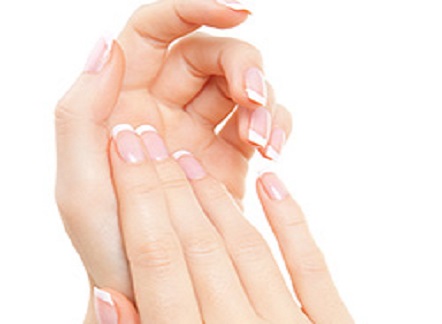STEP-BY-STEP PLAN

Insurance authorization
If you have health insurance, it may cover this type of surgery. Find out more
EMG
Dr. Karim will always perform an examination of your affected hand, this is an EMG (complete electromyogram).
Operation
The procedure will take place after the EMG.
Rest
You have to take a week off after the procedure.
Hand Therapy
If desired, hand therapy will be performed in the post-treatment process.
Follow-up and removal of stitches
About ten days after the operation you will return for us to see how you are and remove the stitches.
Final checkup
Three months after the intervention you will return for a final checkup.
Before the operation

Travel
Because you cannot drive home after an operation (no car or bicycle), it is important to make travel arrangements.
Drugs
Do you use blood-thinning drugs? Please let us know if you do. Ask the doctor from whom you get the prescription and find out if you can temporarily stop treatment. Your doctor will tell you how many days before the operation you should or can stop taking the blood-thinning drug. Dr. Karim wants to ensure this is possible in order to avoid unnecessary risks.
Disease
Fever or flu the day before the operation? Contact Dr. Karim to decide if the operation can be performed or should be postponed.
Cosmetics and personal care products
We understand that you always want to look your best, but on the day of surgery you cannot use skin care products or makeup.
Alcohol
You may feel nervous about the operation, but you can’t drink alcohol the day before (or on the day itself, of course!)! Drinking alcohol increases the chances of subsequent bleeding of the wound.
During the operation

Signing of the consent form
Anaesthesia
Skin incision
Opening at the top of the carpal tunnel through which the nerves are accessed
Nerve manipulation (median nerve)
Application of pressure dressing
Operating time: about 15 minutes
After the operation

Sling
You will be provided with a sling to hold your arm up so that your hand is at rest and does not swell (or does so minimally).
Sleep
Sleep the first day with your hand raised a little, for example on a pillow, to prevent / reduce swelling.
Dressing
You can remove the dressing yourself after 48 hours. Then you can put a patch on the wound.
Water
Once the pressure dressing has been removed, the wound can be wet again.
Pain
Your hand will feel sore for the first few days. This lasts for a maximum of two weeks.
Drugs
If necessary, you can take two 500 mg paracetamol tablets four times a day.
Rest
You have to take a week off after surgery. Do not use the affected hand until we see you again.
Stitches
The stitches are removed after ten days.
Scar cream
Four weeks after the operation, you can start applying a few smears of scar cream.
Risks

Bleeding
This is common. The skin turns blue around the contour (bruising). It will disappear after a few days.
Infection of the wound
Very rare.
Effects on the superficial nerve of the hand
Very rarely, the superficial nerve of the thumb is damaged. This would give your thumb less mobility.
Opening of the wound
The wound may open when the patches or stitches are removed prematurely. Keep the patches and stitches in place until the check-up appointment.
Distrophy
Very rarely, persistent painful swelling develops. Contact us immediately if you notice this.
Results

The impingement of the nerve is immediately released. However, symptoms may not have completely disappeared in the first few weeks due to swelling and scarring.


